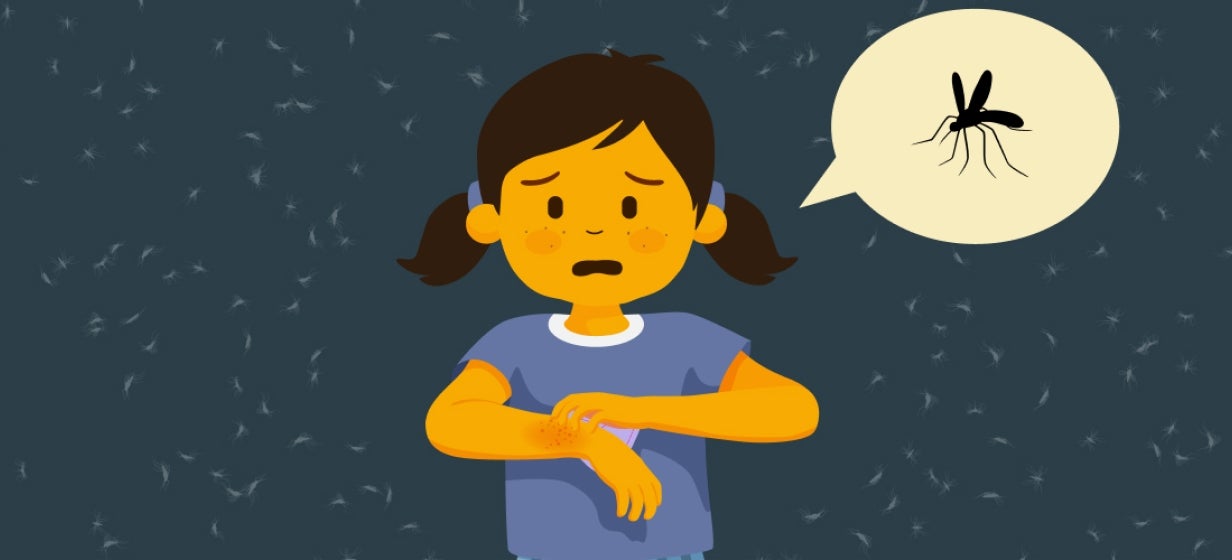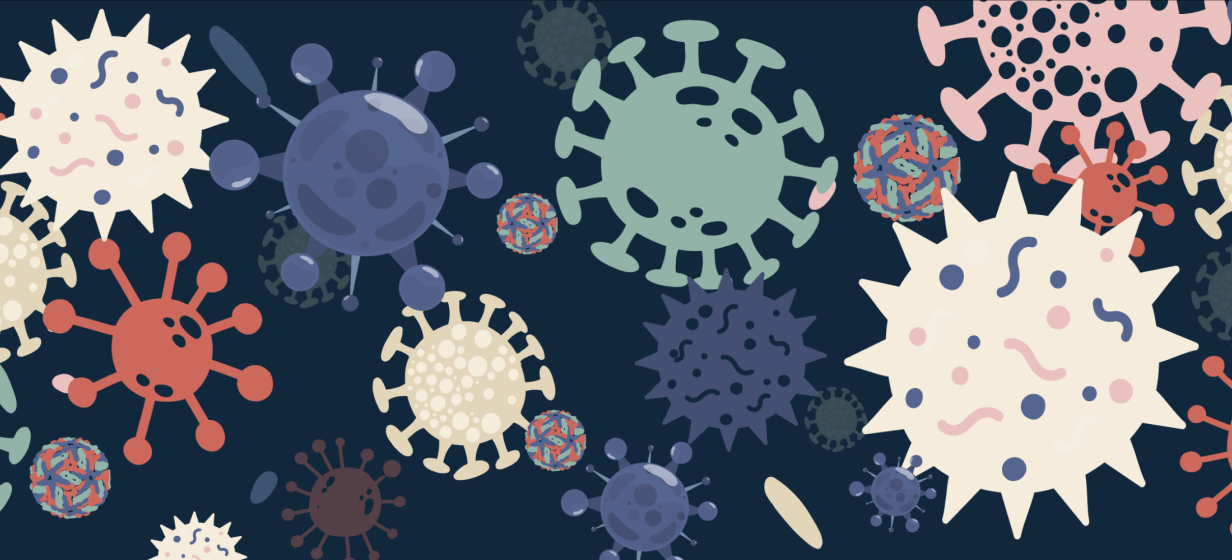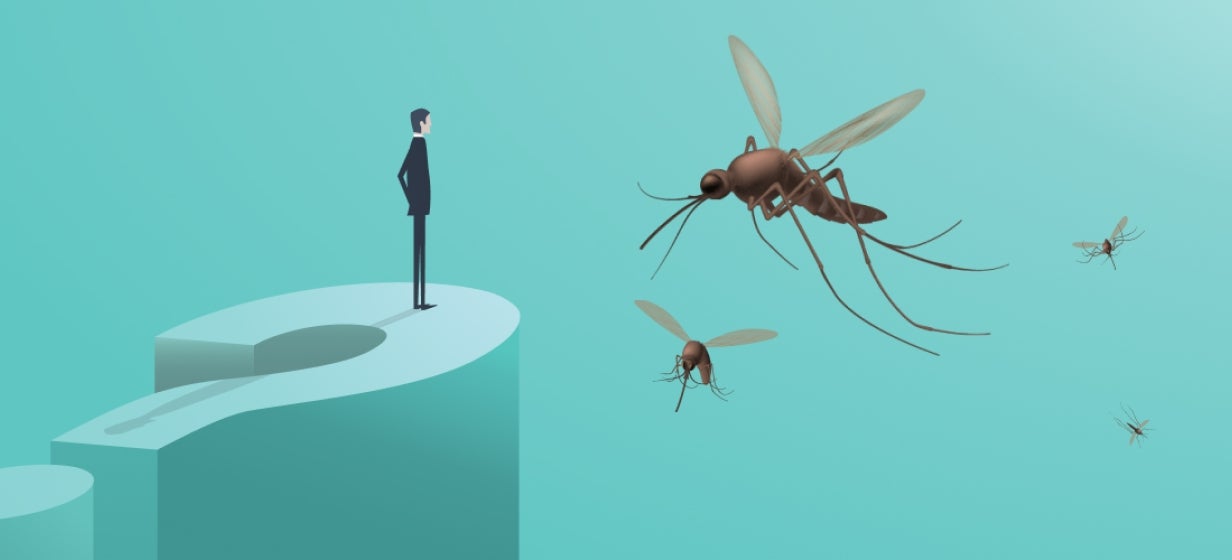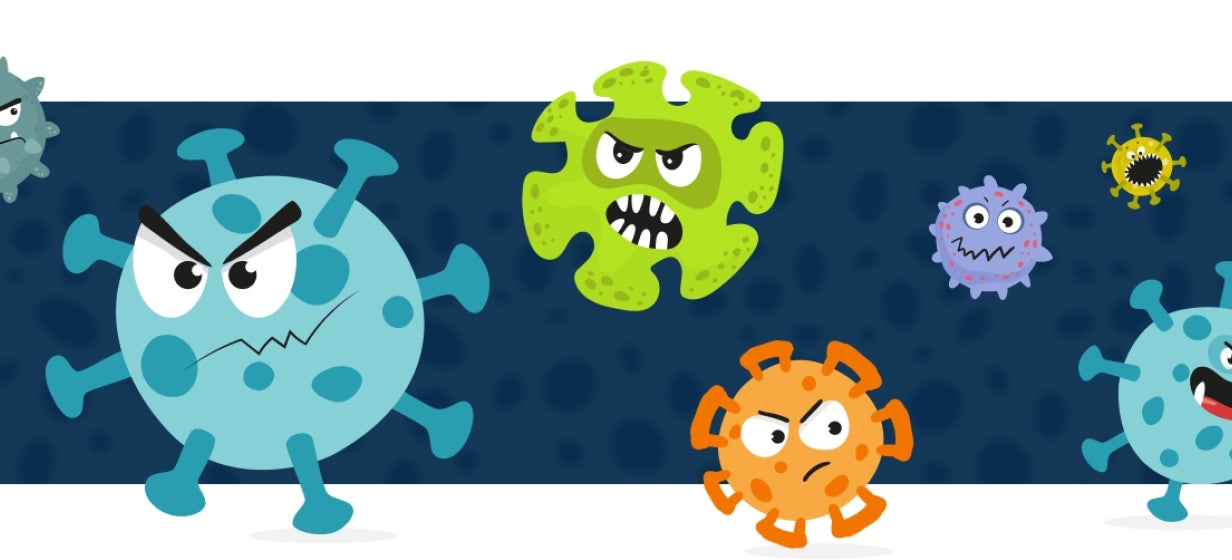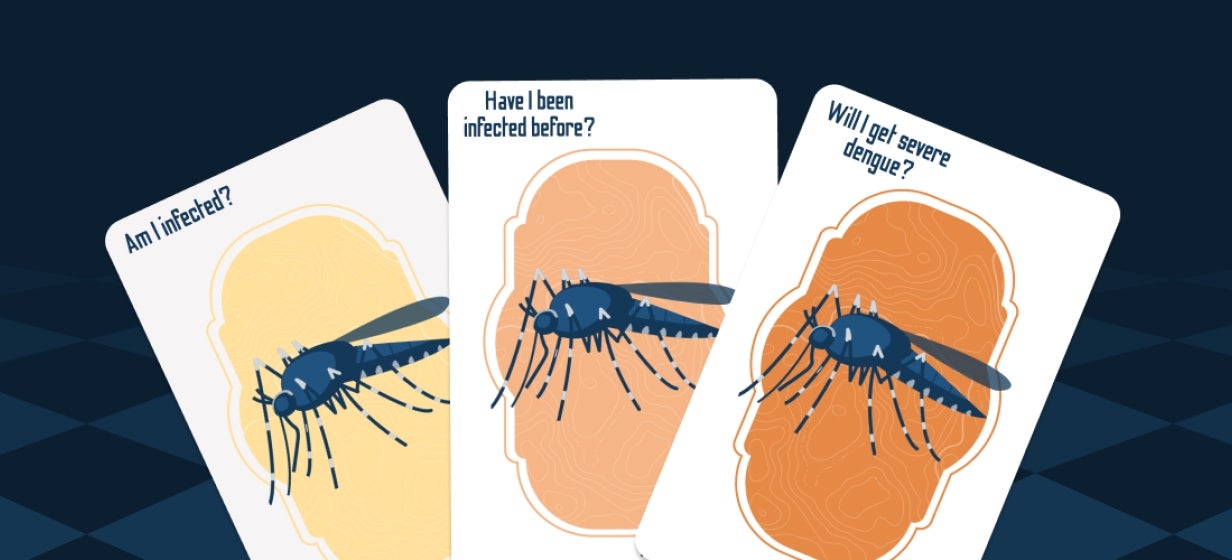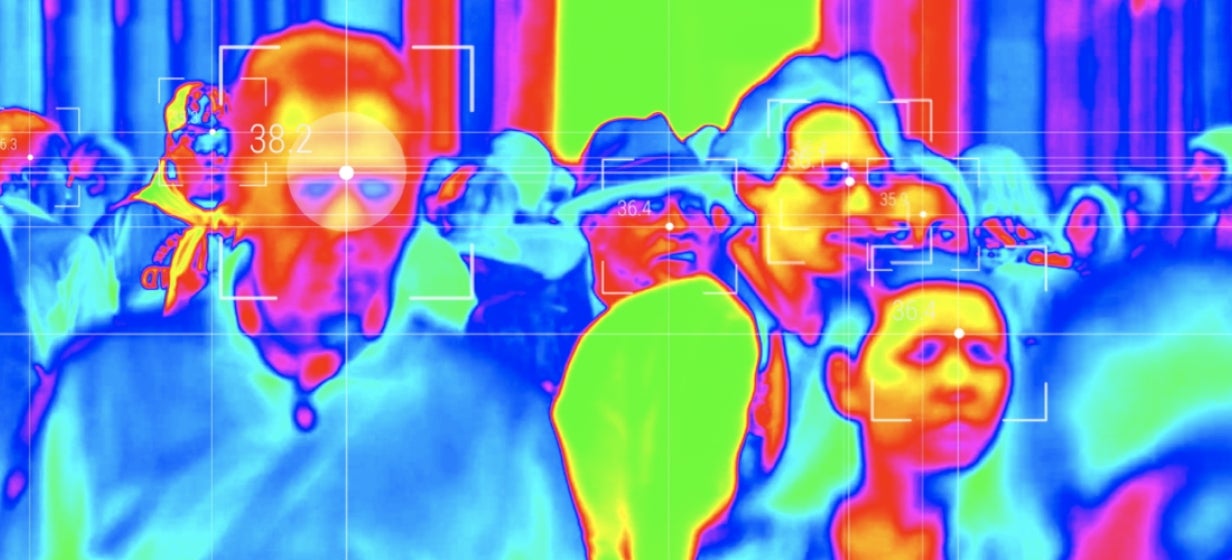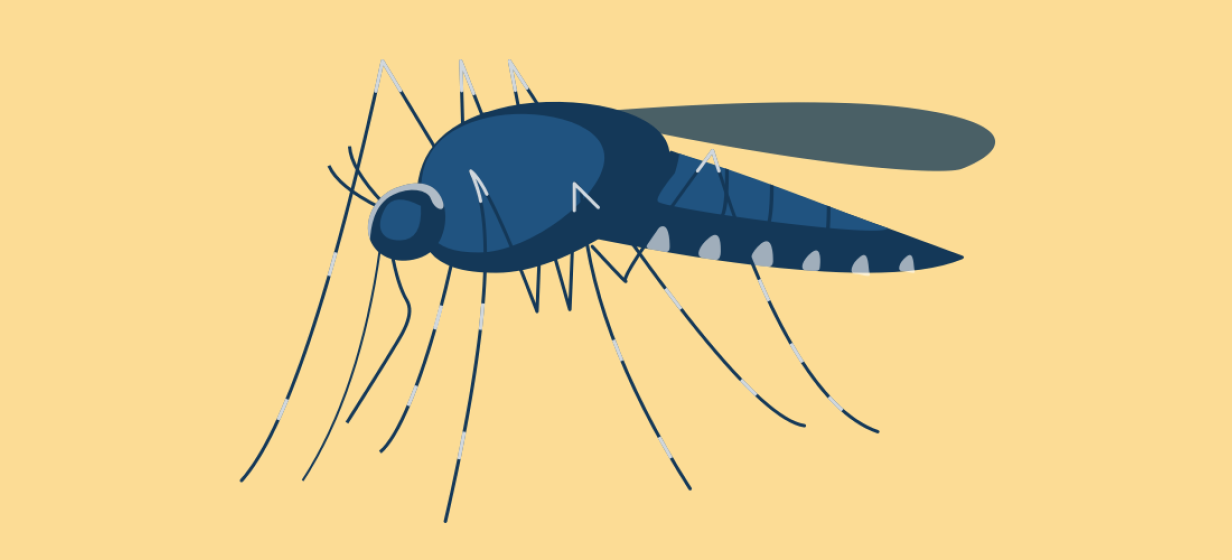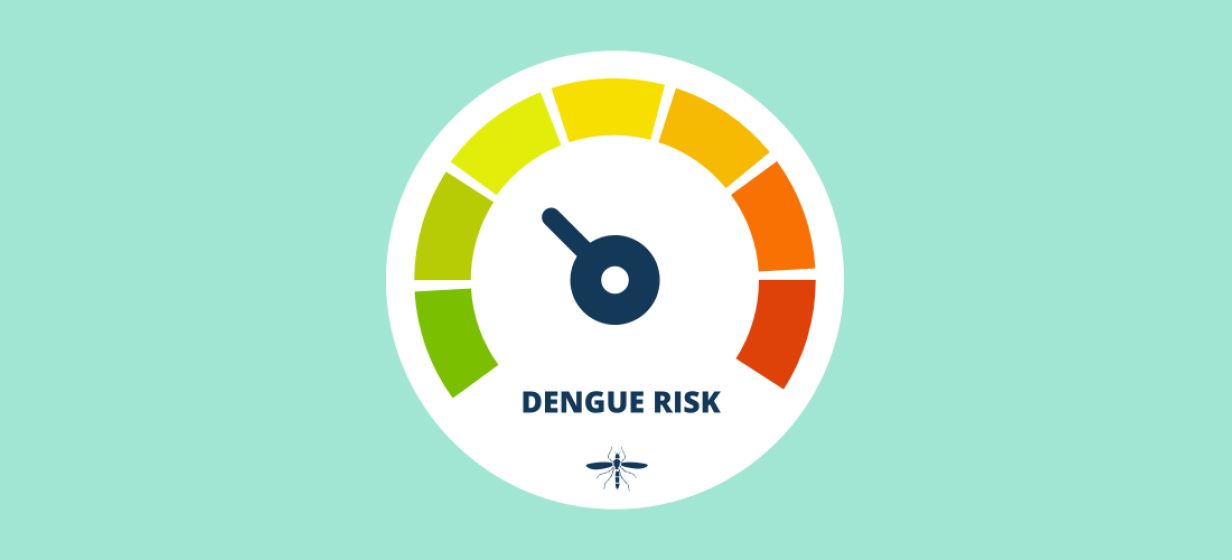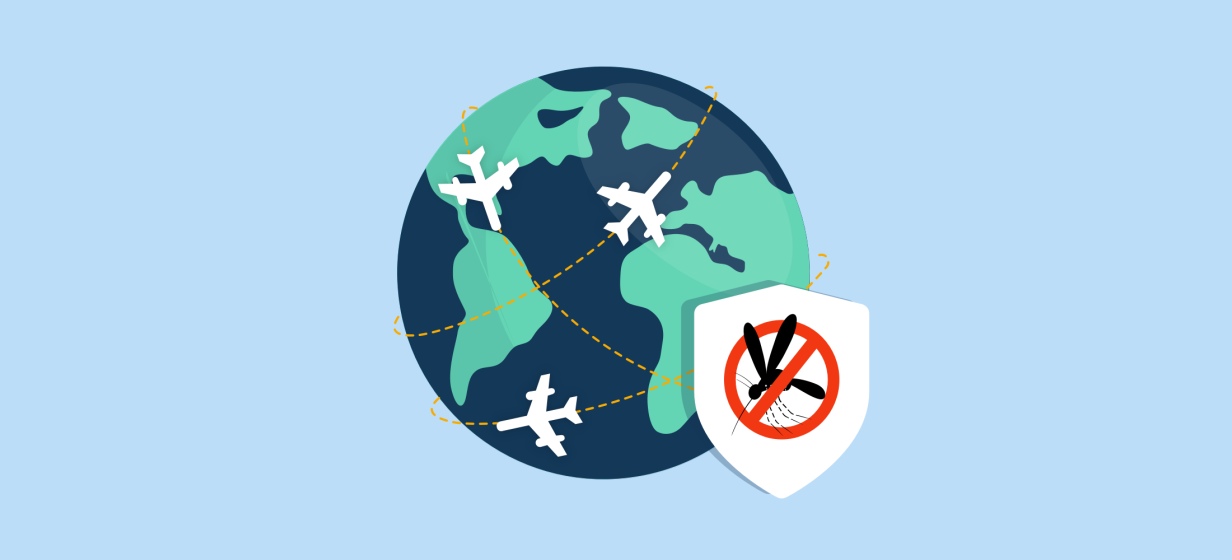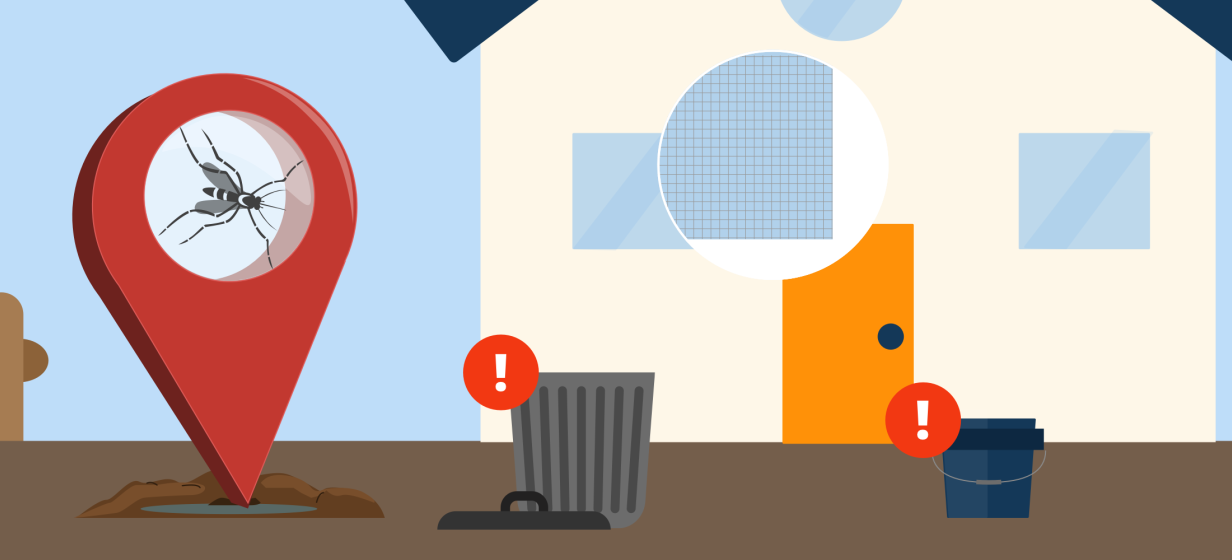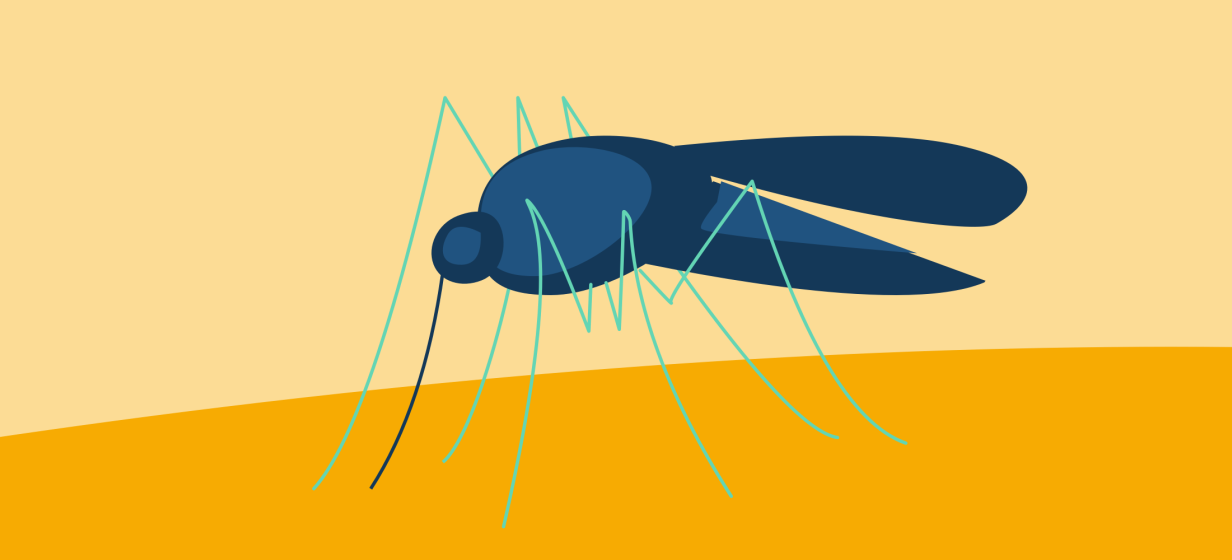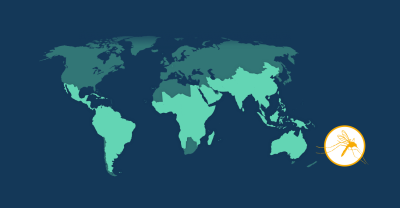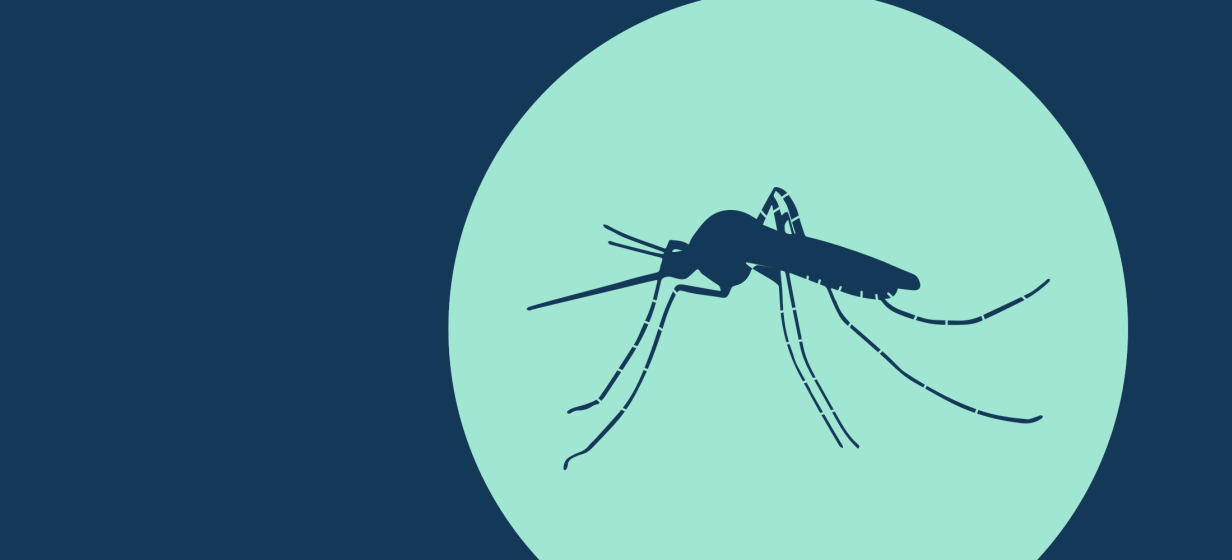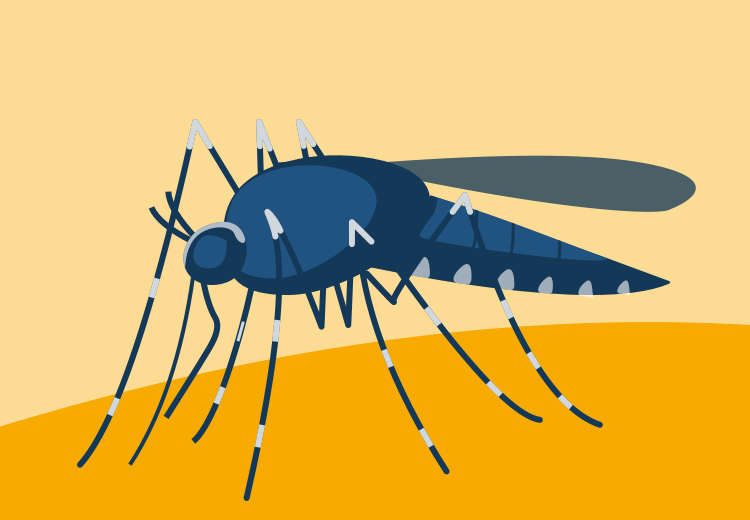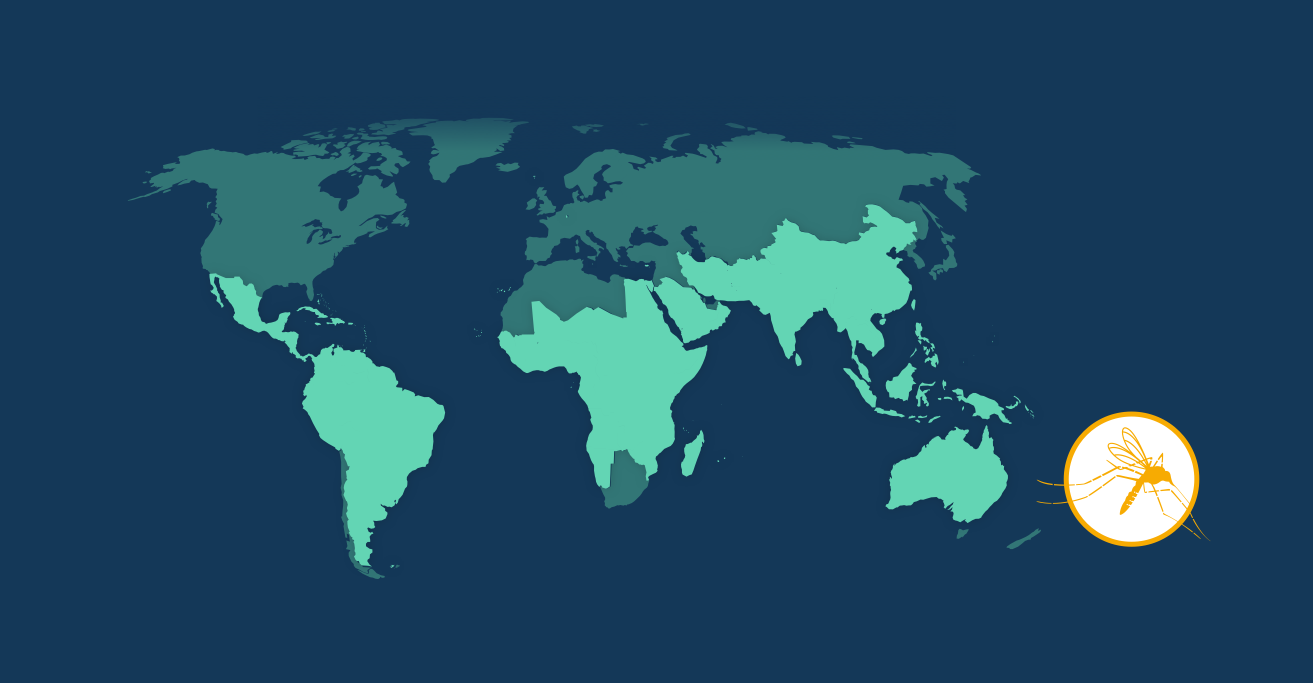
1. The risk of dengue is now present in more than 125 countries worldwide.1
Dengue is the fastest-spreading mosquito-borne viral disease in the world, with more than half of the world’s population already at risk of infection.1,2 Both the number of reported dengue cases and areas in which dengue is prevalent are increasing worldwide, which poses a significant global public health challenge.3,4

2. The risk of being infected with dengue exists anywhere that dengue-carrying mosquitos are active. Infections have been confirmed in European travelers returning from North America, South America, The Caribbean, Africa, Asia, Oceania, and from within Europe itself.1,5,6
Mosquitos carrying dengue can thrive in both city and countryside areas, indoors and outdoors throughout the day, meaning dengue can be a risk in all regions that are endemic.1,7,8
These mosquitos can be active in locations that may be popular with travelers, such as (but not limited too):1,7,8
- Crowded places, like museums, stadiums, bars and markets
- Tourist hotspots with warmer ambient temperatures (especially 26–29°C), such as pools and beaches
- Fast-paced cities and rural areas off the beaten track throughout the day
- Indoor environments such as hotel rooms and restaurants
- Even though air conditioning can reduce the risk of mosquito bites indoors, caution should still be considered, for example, during a hotel stay 9,10
While most people infected with the dengue virus show no signs of illness, around 25% develop symptoms.5 According to the World Health Organization, those presenting with a high fever and any 2 of the following symptoms could have a dengue infection:1
- Severe headache
- Pain behind the eyes
- Swollen glands
- Vomiting
- Rash
- Nausea
- Muscle and joint pain

3. A second dengue infection increases the risk of severe disease.1,11
Whilst around 1 in 4 infected individuals experience symptoms these infections can occasionally progress to a severe form of the disease.1,5 Travelers who are infected with dengue more than once are more likely to develop a severe infection.1 Therefore, repeated travel to areas where dengue is present could mean a higher risk of severe disease.1 A dengue infection could mean more than just the inconvenience of being sick while abroad; hospitalization for potentially severe dengue cases can last up to 14 days and may be a life-threatening condition in rare cases.1,12 There is no cure for dengue, only treatments for controlling the symptoms.1 As the symptoms of dengue can be diverse, laboratory or point-of-care diagnostics are often recommended in conjunction with assessment of clinical presentation to achieve an accurate diagnosis.

4. In Europe, dengue is second only to malaria as the febrile illness causing most hospitalization after return from abroad.15
In the last decade, there has been a rise in dengue infections in European travelers returning from dengue-endemic countries, and these travelers are increasingly introducing dengue into Europe in areas where dengue-carrying mosquitos are active.14,15As a result, after many years with only a few cases reported, dengue infections are now occurring in Europe once again. Since the first local outbreak was reported in 2010, there have been more than 20 outbreaks in mainland Europe, the largest occurring in Italy in 2020.5
According to one study, 40% of patients who were ill with dengue were hospitalized, most of whom (97%) were travelers (a very small percentage [<1%] of patients in this study had severe dengue.)13
- Between 2000-2011, dengue was reported as being the leading cause of febrile illness among ill travelers returning from Southeast Asia, Latin America and the Caribbean14
- Approximately ~1% of travelers who were infected developed severe dengue, it was fatal in about 0.3% of cases (2010–2017)13

5. Travelers to at-risk countries can take steps to help protect themselves from dengue infections.9,10,15
Travelers to endemic countries can take steps to help protect themselves from dengue infection, so please get advice from your doctor well in advance of your trip.
How can you help protect yourself?
You can take some common measures to help reduce your risk of catching dengue by avoiding mosquito bites, such as: 9,10,15,16
- Using an insect repellent
- Wearing loose and protective clothing
- Treating your clothing and belongings with insecticides
- Using screens on windows and doors
- Discourage mosquitos by being conscious of water containers in and around accommodation

















